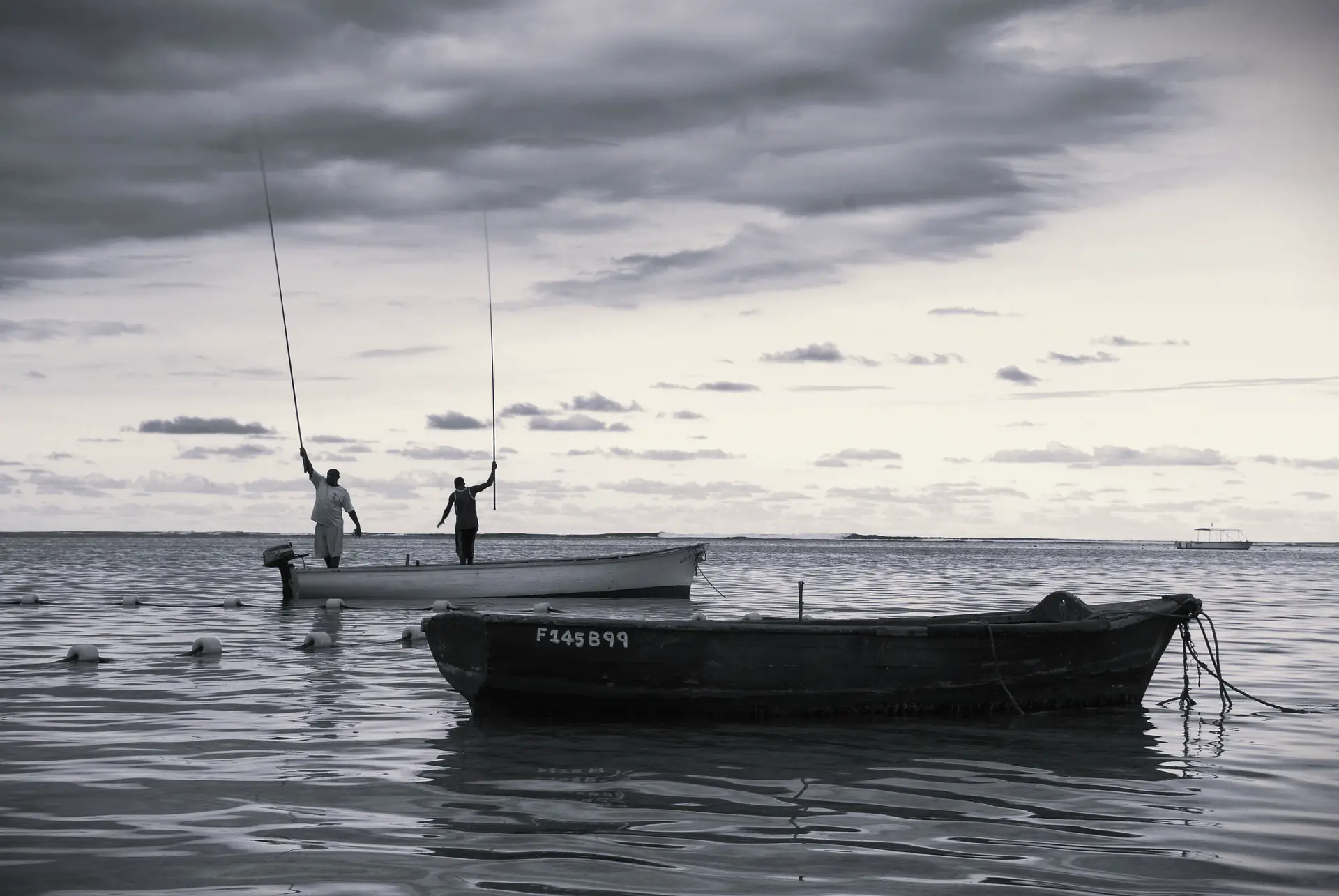Similar to motor vehicles, boats are fitted with numbers to provide valuable information to the owner in addition to the state in which the watercraft is registered. The number consists of 12 or 14 numbers and is most commonly positioned on the transom or back of the boat in plain sight. Hull identifications numbers are termed HIN for short. Here is what you need to know about the hull identification number on a vessel.
What Boats Have Hull Identification Numbers
Today, an exceptional amount of boaters take to the water. Boaters enjoy the outdoors in Georgia, South Carolina, and North Carolina. These three states offer an abundance of lakes, reservoirs, rivers, coastal waters, and the Atlantic Ocean.
Despite boats of the same make and model sharing the water, they are stamped uniquely when manufactured to identify one vessel from another.
Vessels constructed after November 1st, 1972, are fitted with HIN’s most frequently on the starboard side two inches below the rub rail.
The numbers are embedded in the gelcoat coat or embossed on a metal plate and adhered to the transom.
It is essential to locate and note the HIN for registration purposes. The department of motor vehicles requires the HIN when registering a watercraft for the first time.
Where Do I Find Hull Identification Number
Locating the HIN number is made easy, especially when the vessel is loaded on a trailer or dry rack at a dry rack marina compared to the dock in the water.
How To Locate The HIN For Vessels In The Water
Reading and recording the HIN is a challenge when the vessel is docked at a marina. You have two options to read and record the number.
Walk to the rear of the watercraft on the starboard side, carefully bend over the transom with a pen and paper in hand and read and write the number. Two obstacles include reading the numbers as they are positioned upside down and the second is writing while in the awkward position. Instead of writing, a second option is taking a photo but avoid dropping the camera or phone into the water.
When the boat is tied starboard to a dock, stand on the dock and read the HIN as it will not be positioned inverted when reading from this position.
How To Locate The HIN For Vessels Out Of The Water
When the boat is resting on the bunks of a trailer or dry rack, walk to the vessel’s stern. Stand near the engine, looking towards the bow step to the right, and glance just below the rub rail. Read and record the number.
How Do I Read My HIN Number
Reading the HIN presents a challenge because of the multitude of numbers and letters in combination. Here is a breakdown on what each letter or number means.
Manufacturers Identification Number
The first three letters are called the manufacturer’s identification code. Here is the list of manufacturers identification codes.
Serial Number
The following five-letter or number combination is the serial number that is unique to the vessel.
Certification Month
After the serial number is the month, the boat was certified after construction was completed. The letters range from A-L. A refers to January, and L refers to December.
Certification Year
Following the certification month is a number indicating the year the boat was certified. The last digit of the year is inscribed on the boat.
Model Year
The final two numbers indicate the year in which the vessel was built. For example, a 20 means the boat is a 2020 model year.
How Do I Find Out The Year Of My Boat
Determining the year of the boat is made simple by locating and reading the HIN on the stern of the vessel.
To determine the year of the boat, take note of the final two numbers in the 12 or 14 number HIN. The last two numbers indicate the boat’s model year, such as 74 for a boat built in 1974 or 03 for a boat built in 2003.
When buying a used boat, ensure that the seller appropriately lists the vessel regarding the model year. To confirm, glance at the HIN inscribed on the vessel’s stern.
Now You Have A Good Understanding Of A HIN Or Hull Identification Number
Hull identification numbers were a welcome edition in 1972 allowing for owners, sellers, and mechanics to clearly identify important details about the vessel. Despite the vast numbe of boats operating in Georiga, South Carolina, and North Carolina, each watercraft is marked with a unique number.





